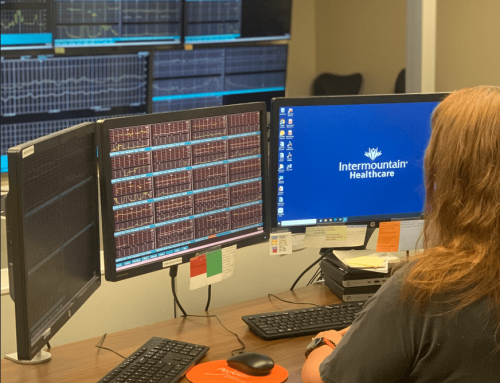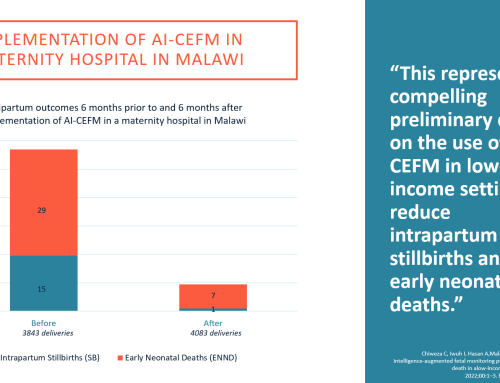History of Labor & Delivery | Labor & Delivery Quiz | L&D Nurse Research
A short, interactive history of Labor & Delivery Nursing
Click the >> Button to Advance | Source: YouTube | Devon Smith
Historical facts about labor & delivery care:
- In biblical times, midwives delivered babies and educated young women about having children. Midwives were regulated under Moses.
- In the Middle Ages (500 – 1600 AD), surgeons asserted that their modern techniques were better than existing midwifery practices and pushed to have them outlawed.
- In 1513, the first obstetric textbook was published. It was a bestseller titled Der Schwangern Frauen und Hebamen Rosengarten and was commonly referred to simply as “The Rosengarten.”
- The first recorded caesarean section was performed by an Irish midwife, Mary Donally, in 1738.
- Dr. William Shippen offered the first formal training for labor & delivery clinicians in 1765.
- The word “obstetrician” was coined, formed from the Latin meaning “to stand before.”
- In the 1890s, urbanization and industrialization led to an increase in hospitals and hospitalized birth increased.
- Infection was the most common cause of death of mothers accounting for 40% – 55% of maternal mortality through the 1930s.
- Beginning in the 1930s, obstetric research increased to find easier, safer, and faster ways for women to give birth.
- One study found that 41% of infant mortality due to birth injuries resulted from “obstetrical interference.”
- Labor & delivery rooms were introduced in hospitals in the late 1980s.
Sources: Allison McKinley, Midwifery Today, Postgraduate Medical Journal, The Start of Life: A History of Obstetrics
Show Your Support for Research Done by Nurses
One of the most impressive labor & delivery care initiatives happening today is “Every Woman, Every Baby,” an AWHONN program that funds research initiatives done by labor & delivery clinicians to improve patient safety and perinatal outcomes.
PeriGen invites you to join them in showing commitment to the Every Woman, Every Baby by making a donation to this research fund.








